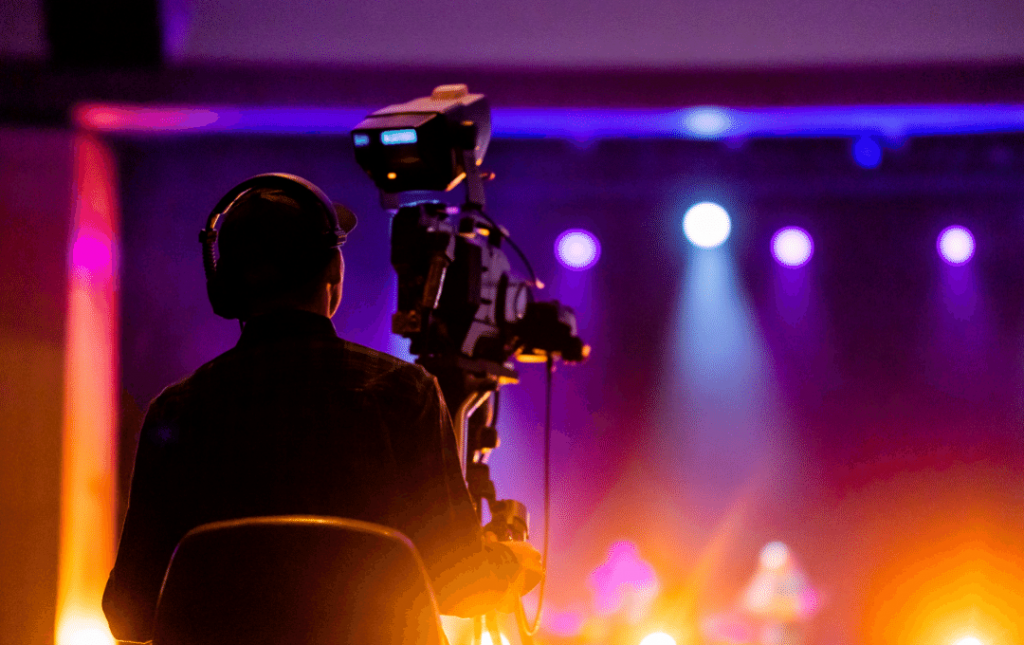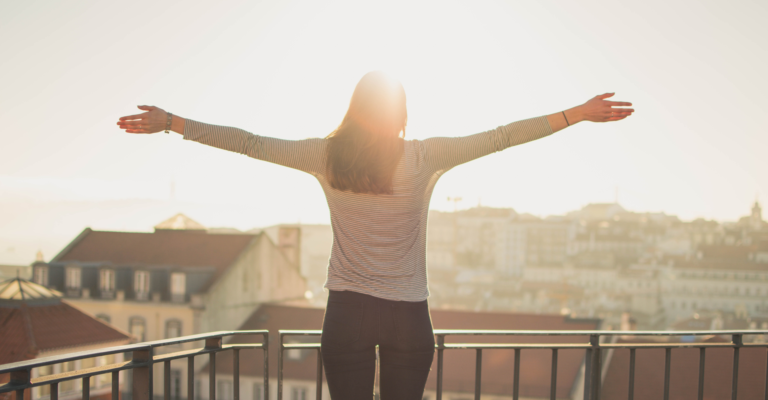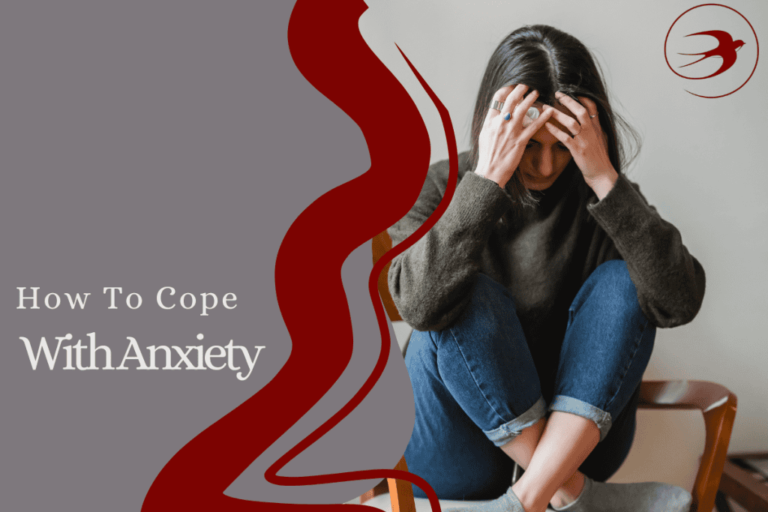
Cinematography is more than just capturing images; it is the art of visual storytelling. Through meticulous choices in lighting, framing, camera angles, and movement, cinematographers are able to evoke emotions, create atmospheres, and guide audiences through a narrative in ways that words alone cannot. In this article, we will explore the techniques of cinematography that elevate filmmaking into an art form, and how these techniques can be used to captivate audiences.
Cinematography: A Craft of Visual Mastery
Cinematography is defined by the manipulation of visual elements to enhance a story. At its core, it revolves around decisions made regarding lighting, composition, and movement to align the visual language with the film’s themes, characters, and mood. Whether it’s the shadowy tones of a noir film or the vivid colors of a fantasy epic, every shot communicates something to the viewer.
Lighting: Sculpting the Scene
Lighting is one of the most crucial elements in cinematography. It serves multiple purposes beyond simple illumination. Lighting can:
- Set the Mood: Low-key lighting, characterized by high contrast and shadows, creates an ominous or suspenseful atmosphere, often used in horror or thriller genres. On the contrary, high-key lighting with soft, even light can portray joy, innocence, or clarity in comedies and dramas.
- Emphasize Emotions: Natural or artificial light sources can highlight a character’s emotional state. For example, a character bathed in harsh, direct light may signify conflict or revelation, while soft, diffused lighting might suggest intimacy or vulnerability.
- Guide Attention: Lighting directs where the audience’s eye should focus within the frame. The use of backlighting to silhouette characters can create mystery, while spotlights can isolate a subject, emphasizing its importance within the scene.
Composition: The Visual Structure of a Scene
Composition refers to how elements are arranged within a frame. Strong composition guides the viewer’s eye and can convey deeper meaning. Techniques such as the rule of thirds or symmetry can create balance and visual harmony, while off-center framing may evoke tension or chaos.
- Rule of Thirds: Dividing the frame into nine equal parts using two horizontal and two vertical lines helps place subjects at the intersection points. This technique naturally draws the viewer’s gaze to key areas, creating a pleasing and engaging composition.
- Leading Lines: Utilizing elements such as roads, buildings, or natural features can lead the viewer’s eye towards the subject of the shot. This helps create a sense of depth and movement, making the image more dynamic.
- Negative Space: The empty areas around a subject, known as negative space, can enhance the importance of the main subject and create a mood of isolation, openness, or tranquility.
Camera Angles and Movement: Building Emotional Impact
Camera angles and movement play a critical role in shaping how viewers perceive a scene. The angle of the camera can make characters appear powerful or vulnerable, while camera movement can intensify emotions or create a sense of immersion.
- Low Angle Shots: Shooting from below a subject can make them appear dominant or intimidating, often used to emphasize power or authority.
- High Angle Shots: Shooting from above can make a character seem small or powerless, underscoring vulnerability or weakness.
- Dutch Angle: A tilted or canted angle distorts the horizon and creates a sense of unease or confusion, frequently used in psychological thrillers.
Camera movements like dolly shots, tracking shots, or handheld camera work also impact the storytelling. For instance, a slow dolly-in can build tension or intimacy, while a chaotic handheld shot can simulate a character’s distress or frantic energy.
Depth of Field: Controlling Focus to Tell a Story
Depth of field refers to the area of the image that is in focus. Cinematographers use this technique to guide the audience’s attention and create emphasis.
- Shallow Depth of Field: When only a small portion of the frame is in focus, it isolates the subject from the background, drawing attention to a specific part of the image. This technique is often used in dramatic moments to highlight a character’s emotion or a critical detail.
- Deep Depth of Field: In contrast, a deep depth of field keeps the entire frame in focus, which is useful when multiple subjects or layers of action are important to the scene. It creates a more immersive experience, allowing the viewer to explore every element in the frame.
Color and Tone: A Powerful Tool for Emotion
Color plays a fundamental role in how a film is perceived. Cinematographers, in collaboration with the production designer and colorist, make deliberate choices about the color palette to evoke specific emotions or establish themes.
- Warm Tones: Colors like red, orange, and yellow often evoke warmth, passion, or aggression. They can be used to create a welcoming, inviting atmosphere or to heighten feelings of anger or intensity.
- Cool Tones: Blues, greens, and purples tend to create a calm, detached, or melancholic atmosphere, frequently used in scenes of solitude or reflection.
- Monochromatic Schemes: In some cases, reducing color to its bare essentials can create a stark, impactful visual. Black-and-white films, for instance, use contrast and texture to tell their stories without the distraction of color, often leading to a more focused narrative experience.
Framing and Aspect Ratios: Defining the Visual Space
Framing refers to how much of the scene is visible within the camera’s field of view. The aspect ratio, or the width-to-height ratio of the screen, can drastically affect how a story is perceived.
- Wide Aspect Ratios (2.39:1): Used commonly in epic films and action sequences, this ratio allows for expansive landscapes or large ensemble scenes, providing a sense of grandeur and scope.
- Narrow Aspect Ratios (4:3): This more confined frame focuses attention on individual characters, often enhancing intimacy or psychological intensity.
The choice of aspect ratio and framing is not just technical but deeply tied to the mood and tone of the film. A wide shot can make characters feel small and insignificant in a vast world, while a close-up within a narrow frame creates an emotional connection between the audience and the character.
Also Read: https://trendingflows.com/2024/03/29/diverse-world-of-webtoon-xyz/







